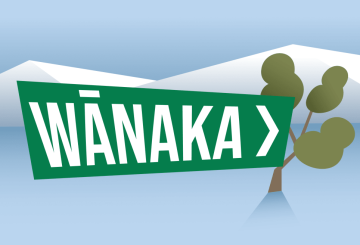오클랜드 공항은 국내선 및 국제선 교통편, 체크인, 수하물 위탁 서비스를 한 곳에서 이용할 수 있는 새 터미널을 건설하고 있습니다.그러나 이 공사로 인해 2029년 프로젝트가 완료될 때까지 연간 최대 2천만 명의 여행객이 혼란에 빠질 수 있습니다.약 40억 달러 규모의 이 프로젝트는 1966년에 처음 문을 연 공항의 오래된 국내선 터미널을 대체할 것입니다.
오클랜드 공항의 최고 고객 책임자인 스콧 태스커 (Scott Tasker) 에 따르면 새 터미널은 화려하지는 않지만 기본에 초점을 맞출 것이라고 합니다.새 건물은 국내선과 국제선 터미널을 연결하여 여행객이 공항을 떠나지 않고도 국내선과 국제선 항공편 사이를 환승할 수 있게 될 것입니다.국제선 승객 및 국내선 승객 모두 새 키오스크와 자동 수하물 위탁 서비스를 통해 같은 장소에서 체크인할 수 있습니다.
새 터미널은 여행자를 위한 더 나은 내비게이션, 더 많은 좌석 공간, 전화 충전소, 개선된 욕실 시설, 성수기에 항공편을 추가할 수 있는 더 많은 용량을 제공합니다.그러나 Tasker는 공사가 진행되는 동안 향후 5년 동안 차질이 발생할 것이라고 경고합니다.그럼에도 불구하고 그는 공항이 이러한 혼란을 최소화하기 위해 최선을 다하고 있다고 확신하며, 최종 결과는 기다릴 만한 가치가 있을 것이라고 약속하며 고객의 인내심을 요청합니다.
오클랜드 공항이 효율적인 국내선 터미널을 갖추려면 2029년에 개장할 것으로 예상되는 새 터미널이 필요합니다.터미널 자체의 비용은 22억 달러이며 비행장 업그레이드를 포함한 관련 공사는 약 17억 달러에 달합니다.Tasker는 높은 비용에도 불구하고 이 터미널이 비슷한 규모의 다른 국제 터미널과 비슷하다고 말합니다.그는 또한 국내선 요금이 승객당 10.25달러에서 2027년까지 15.45달러로 인상될 것이라고 언급했는데, 이는 뉴질랜드의 다른 주요 공항의 요금과 비슷합니다.
작년에는 폭풍으로 인해 무릎 높이의 홍수로 공항 국내선 터미널이 심각한 피해를 입었습니다.이에 대응하여 향후 피해를 방지하기 위해 구역 북쪽의 빗물을 대대적으로 업그레이드했습니다.
프로젝트 디렉터 아이작 테일러 (Isaac Taylor) 에 따르면 새 터미널의 가장 좋은 특징은 보이지 않게 숨겨질 것입니다.예를 들어, 새로운 수하물 시스템은 승객 수하물 및 항공기 적재 작업의 효율성 측면에서 크게 개선될 것입니다.새 터미널에서는 일반적인 컨베이어 벨트보다 빠르고 걸림이 덜 발생하는 “개별 캐리어 시스템”을 사용할 예정입니다.
현재 터미널은 매일 약 15,000명의 승객만 이용할 수 있지만, 새 터미널에서는 이 수용 인원을 하루 약 20,000명의 승객으로 늘려 26% 증가할 예정입니다.새 터미널의 건설 공사는 2024년 후반에 시작될 예정입니다.




























































